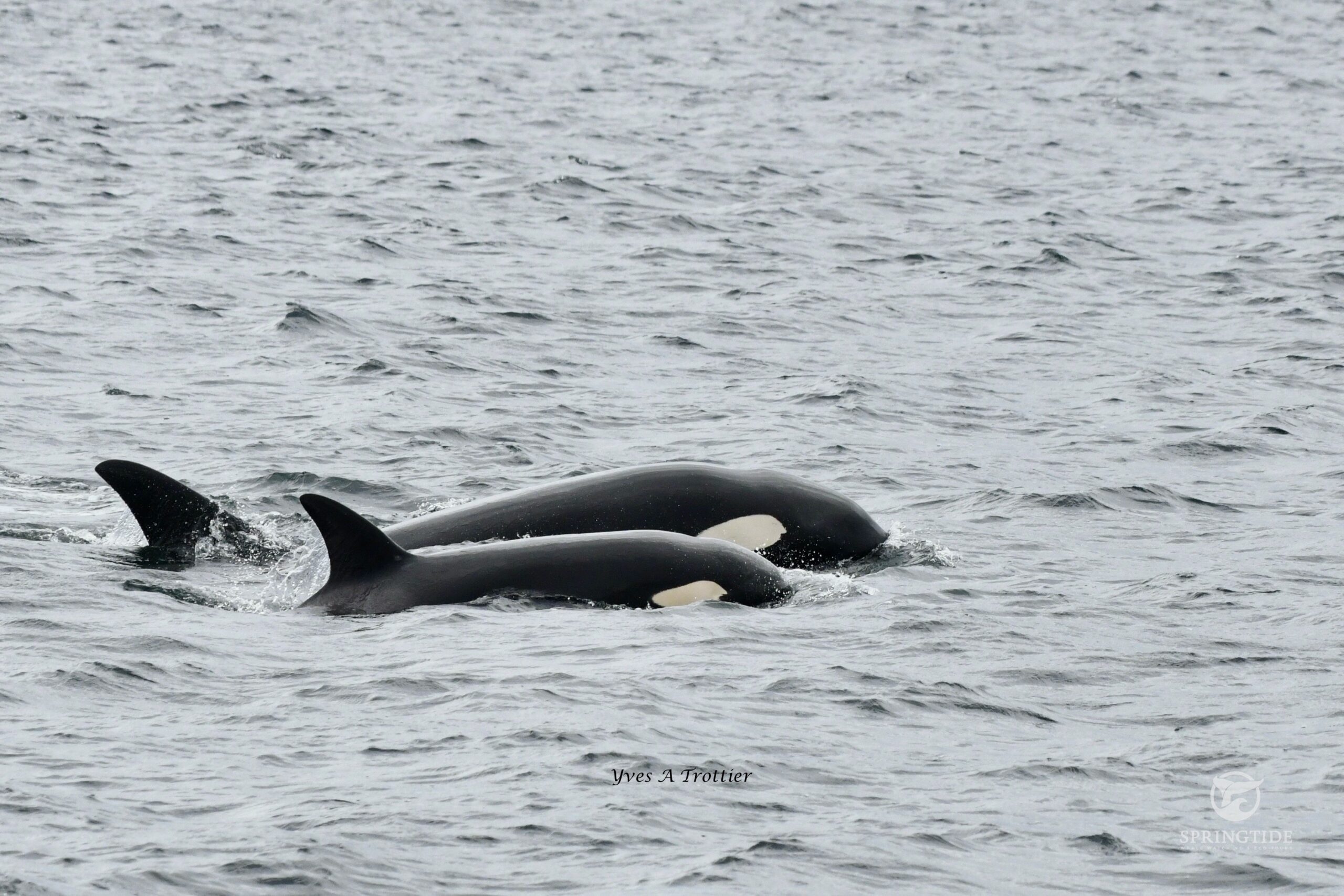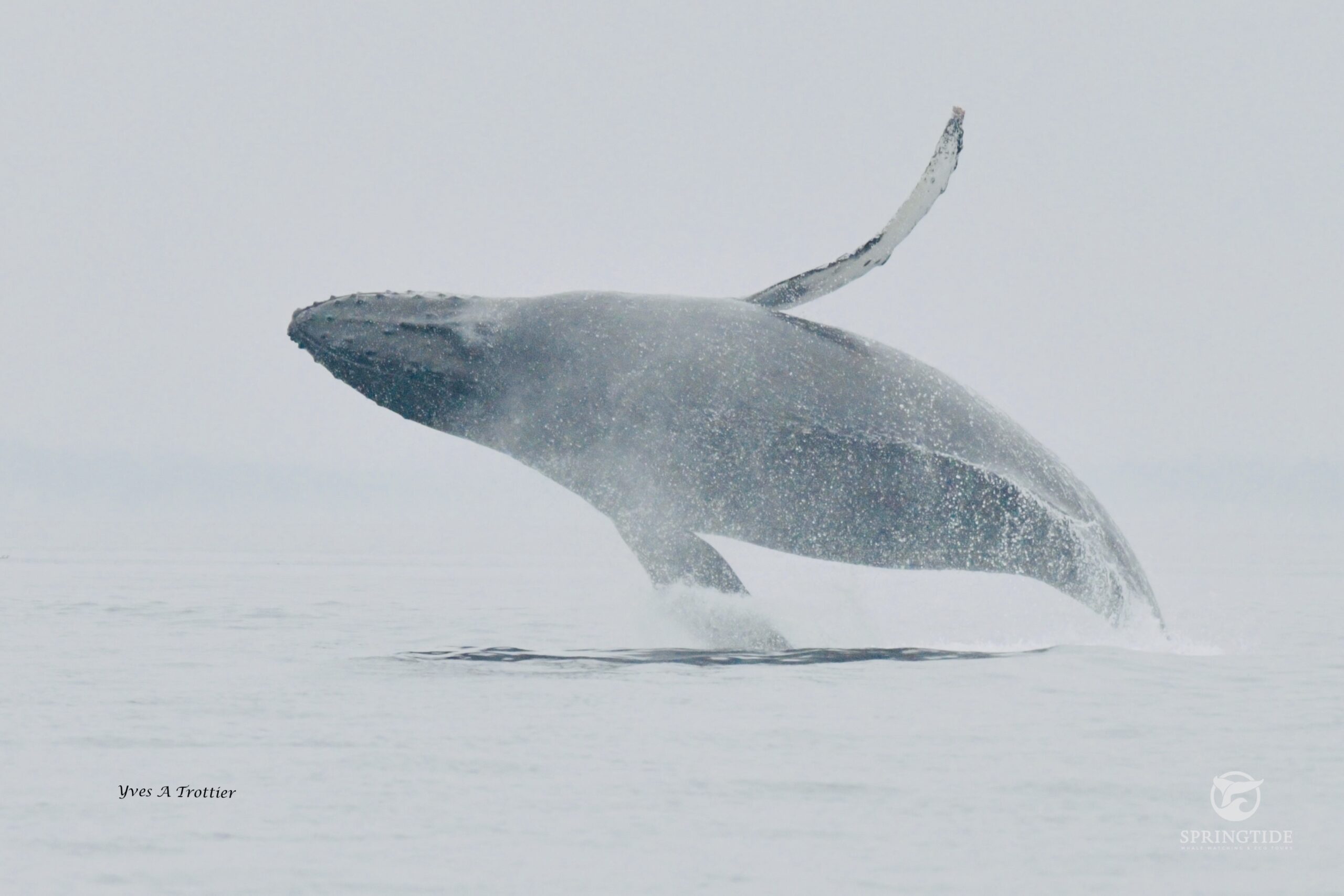Whales communicate using a myriad of noises to socialize with the other whales in their pod. The method of communication depends on the species of whale and what purpose they are making the sound for. The typical noises whales will make to communicate can consist of clicks, whistles, and pulsed calls.
Whales are incredibly social and intelligent mammals that rely on their vocalization skills to communicate with their pod and to identify their surroundings. Water inhibits a lot of the sensations mammals typically rely on to survive (like eyesight and smell) so whales and other marine mammals are dependent on sound to function in their natural environment.

What are some of the sounds whales make?
Clicks are high-frequency rapid bursts of sound certain whales use for echolocation. Clicks allow whales to get a sense of their surroundings and other wildlife in the area. These sound waves will bounce off objects and when they return to the whale, they are able to measure the objects distance and its overall shape. Making clicks essential for hunting and avoiding danger. The use of ‘Clicks’ has also been observed in social interactions, suggesting they may be used for communication as well.
Whistles tend to be the primary method used for communication. Whales will develop their own ‘signature whistles’ which are unique to each whale and are used to socialize with their pod. Interestingly enough, just like how we can recognize our family or friends voice, whales are thought to also be able to differentiate between each others whistles so they can identify one another.
What about when whales jump?
Whales have been known to use their fins and tails to slap the water in order to communicate non-verbally as well. Which is not only beneficial for signaling whales far away but also quite a marvel to see in person as humpback whales can propel their entire 40 ton body out of the water when they breach. This makes a big splash for a whale watching crowd!

What is the whale song?
The method of communication differs across species but one of the most interesting and fascinating sounds produced comes from the humpback whales we see here at SpringTide Whale Watching. The whale song is a melodic sound used to communicate by male humpback whales. The purpose of this song is thought to be used in order to find a mate as it tends to be heard during mating season. These songs can be incredibly loud and usually lasts for 30 minutes, repeating several times for multiple hours or even days. What a sight to see and a sound to hear!

Sound is a powerful tool that whales have mastered both verbally and non-verbally and we are fortunate enough to get to experience their ‘conversations’. With the sounds and songs of whales being unique enough for them to be recognized within their pods highlights how social and loyal these deep sea giants are. To be able to witness them travelling together, breaching, slapping, and singing is an unforgettable privilege.
Written by Rue.
References
Whale Song and Sound Production Informtion
Payne, R., & American Association for the Advancement of Science. (1983). Communication and behavior of whales. Boulder, Colo: Published by Westview Press for the American Association for the Advancement of Science.

